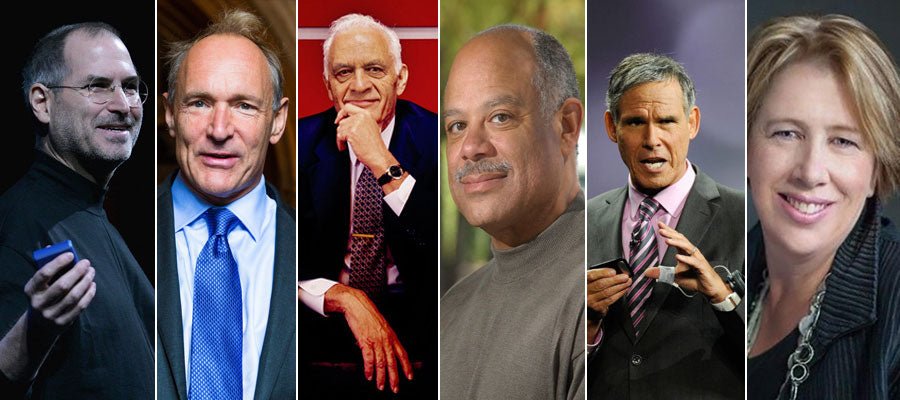The Visionaries: Exploring Innovators Behind Breakthrough Gadgets
In our ongoing series highlighting the giants of the electronics industry, we now turn our attention to the visionaries whose creativity and innovative thinking have given rise to the breakthrough gadgets that define modern life. These pioneers not only imagined the future but also engineered it, transforming abstract concepts into tangible, revolutionary devices.
One cannot discuss the history of breakthrough gadgets without mentioning Steve Jobs, co-founder of Apple Inc. Jobs was instrumental in bringing to market products that have become integral to everyday life. The iPhone, launched in 2007, revolutionized mobile communication, integrating a phone, an iPod, and an internet communicator into one sleek device. Jobs' emphasis on design aesthetics and user experience set a new standard in the tech industry, making Apple products synonymous with innovation and elegance.
Another key figure is Sir Tim Berners-Lee, the inventor of the World Wide Web. While not a gadget in the traditional sense, the impact of the web on everyday gadgets is undeniable. Berners-Lee’s invention has enabled the creation of countless web-based applications and services, fundamentally transforming how we communicate, work, and access information. His vision of an open and accessible web has driven the development of connected devices and smart technologies that rely on seamless internet connectivity.
Moving on to portable music, Dr. Amar Bose revolutionized audio technology with his company, Bose Corporation. Known for their high-quality sound systems and noise-cancelling headphones, Bose products have changed the way we experience music and audio. Dr Bose's dedication to research and innovation has led to advancements that ensure crystal-clear sound and immersive listening experiences, influencing the design and functionality of modern audio gadgets.
In the realm of portable computing, Mark Dean played a pivotal role. As a lead engineer at IBM, Dean was instrumental in the development of the IBM PC and the colour monitor. His contributions laid the groundwork for the personal computers we use today, pushing the boundaries of computing power and accessibility. Dean’s work has had a lasting impact on the design and capabilities of portable computing devices, from laptops to tablets.
Shifting the focus to wearable technology, we must acknowledge the contributions of Dr Eric Topol. As a pioneer in the field of digital medicine, Dr Topol has been at the forefront of integrating technology with healthcare. His work with wearable devices, such as fitness trackers and smartwatches, has made it possible to monitor health metrics in real time, providing valuable data that can improve personal health management and patient care.
Finally, we cannot overlook the contributions of Mary Lou Jepsen, whose work in display technology has been groundbreaking. As the co-founder of One Laptop per Child and a key figure at Google X and Facebook, Jepsen has developed innovative display technologies that have enhanced the visual quality of gadgets while making them more affordable and accessible. Her work has enabled the proliferation of high-resolution displays in devices ranging from laptops to smartphones, enhancing the user experience across the board.
These visionaries have not only created groundbreaking gadgets but have also laid the foundation for future innovations. Their contributions continue to inspire new generations of inventors and engineers, driving forward the relentless march of technology. As we celebrate their achievements, we are reminded of the power of visionary thinking and its ability to reshape the world. Stay tuned as we continue to explore the incredible stories behind the people and innovations that have defined the electronics industry.















